SlimJIM antenna = brain scrambler
There can be no doubt the SlimJIM antenna has earned its stripes as one of the most misunderstood variations of the J antenna ever conceived. As countless legions of antenna geeks decry the magnified benefits touted by far too many of today’s SlimJIM antenna manufacturers, the erroneous message from these makers continues to re-spawn ad infinitum. They stick to their first perceptions like ants to wet sugar and just won’t budge. My best guess as to what caused this “first impression” is found here…
Slim Jim vs. Traditional J-pole Antenna.
Many users of the SlimJIM participate in the bewilderment as well. All one needs to do is Google “SlimJim Gain” to find the discussions on E-Ham, the Zed, etc.
The SlimJIM isn’t a bad antenna
As we will see below, the SlimJim antenna performs admirably in both simulations and chamber measurements. It can stand on its own two feet and doesn’t need any help from the hype-bots who feel it necessary to glorify the design with obviously inflated specifications.
References are golden
Fortunately sanity prevails in most areas of the online Wikipedia encyclopedia and especially in the article on the J-pole antenna…
Sanity exists simply because of Wikipedia’s firm requirement all statements made in Wikipedia require a 3rd party source. Where and when this is done, hearsay succumbs to scientific method. I’ve contributed a bit to this Wiki article supplying ample references detailing the history of the J antenna from its 1909 genesis and personally creating the diagram below…
Later I made simulations of the above variations and added the E-plane gain plots to the article.
Focusing on the regular J (black) and SlimJIM (red) gain plots, you can see they both jive quite well with the actual measurements in figure 3…
Where simulations and measurements agree
That’s right folks figures 2 and 3 showcase the situation where…
actual simulations agree with actual measurements!!!
If you haven’t guessed, yes the “J” section is pointing to the right (+90 degrees) side of figure 2 and to the left in figure 3. Sorry for the dyslexia moment, but they are easy enough to comprehend and mentally align properly. To help make it more clear here is an earlier J-pole measurement vs. simulation comparison from “Have your J-Pole and ground it too“…
Observations include:
- Measurement and simulation of the traditional J antenna compare favorably.
- Measurements of the traditional J and SlimJIM antennas compare favorably.
- Simulations of the traditional J and SlimJIM antennas compare favorably.
Therefore the simulation and measurement of the traditional and SlimJIM variations compare favorably. For all practical purposes, the traditional J antenna and SlimJIM operate identically.
The SlimJIM is just a dipole
The SlimJIM is a waste of material in the copper pipe versions, but is of no cost consequence in the ladder line variations. By all accounts, so long as you address feedline and mounting structure conductivity concerns, the SlimJIM antenna should work perfectly fine. It’s acts just like a vertical folded dipole… no more… no less.
Flat-Earthers
Despite the heaping big mountain of evidence to the contrary, plus the fact Fred Judd (G2BCX) never once made the claims currently circulating in the SlimJIM social circles, some will never give in. In a free society, people have the luxury of ignorance to a point. To be fair, antenna behavior isn’t obvious at first glance. That said, there is a line of liability one crosses when making such claims to potential buyers of the SlimJIM antenna.
Antenna sellers often shirk responsibility
For some reason, some antenna manufacturers, even some big corporate outfits, get away with constantly lying about the gain of their products. Let’s stop picking on SlimJIM makers for a moment and look to a candy store offering.
My recent acquisition is a spiffy Diamond CP22E 2m antenna I purchased last month to help with volunteer event communications. Upon examination it obviously is a double-dipole (slightly longer than half-wave each) collinear phased by a small coil between the lower and upper radiators not much different from the two collinear antennas in the right half of figure 1 above. I simulated the design and it comes in with an impressive 5.1 dBi gain figure… about 3 dB over a dipole… or about 3 dBd. This is absolutely fantastic specs for a two element omni collinear, achieving the theoretical 3 dB improvement limit, resulting in a complete design win. Despite the impressive specs, what does the antenna packaging say? 6.5 dB. dB what? The manual continues…
“The CP22E is a 2-meter monoband, 2-5/8 wavelength groundplane antenna, optimized for the U.S. amateur band. Made from heavy-duty aluminum, the CP22E is easily assembled, yielding excellent performance with 6.5 dB gain over a 1/2 wave dipole.”
Emphasis added. 6.5 dBd eh? The only way to get that much omnidirectional gain, quadrupling the effective radiated power, over a dipole is to have four elements perfectly collinear, perfectly spaced vertically, and perfectly phased. In other words, 6 dB over a dipole requires twice as much antenna than physically exists in the CP22E. Absolutely ridiculous. The antenna itself is just fine, but the marketing specifications are provably “optimistic.” Sad.
So it’s not too surprising SlimJIM makers join the fray and go a bit too far with claims of +3 to +6 dB gain over a dipole… due to misinterpretation of Fred Judd’s original comparisons.
It’s just a matter of time before purchasing departments (especially those in the government) catch on and hold vendors and manufacturers accountable for purposely misleading customers with demonstrably bogus specifications.
Antenna sellers take note
Your job as antenna manufacturers and vendors is to ensure the customer receives a product with at least some technical vetting. If you do not know the actual specifications of the product you sell then, pardon me, what good are you? Consider this your wake up call. The good news is you can learn what you’re expected to know with some basic antenna study and some leisure time with readily available NEC simulation programs. Antenna measurements are more difficult, but if you vet your product in NEC (or one of the many available antenna simulation programs – HFSS, FDTD, etc.) and use the output data in your sales literature, you won’t run afoul of knowledgeable purchasing agents.
Customers rely on valid antenna specifications
You antenna sellers need to understand something… antenna users very often run their link budgets close to limits. Antenna gain is a big factor in optimizing the whole system. Therefore antenna specifications need to be conservative and accurate. You do realize, don’t you, if you sell an antenna that can’t meet promised specs, you could be liable for the financial harm you cause a customer who trusted your numbers. Read that sentence again. Get the picture? Think this cannot happen?
Epilog
SlimJIM makers and users are not alone in inflating antenna gain claims. However, their particular reasoning stems from a misinterpretation of Fred Judd’s original design and testing as discussed here. Read up on antennas, play with NEC and get to know your product. You and your customers will be all the better for it.
Here is what SlimJIM specifications should look like:
- Gain: 1.5 to 2.6 dBi in the H-plane depending on azimuth (-0.6 dBd to 0.5 dBd) – same as J antenna;
- Takeoff angle: 0 to 15 degrees depending on azimuth – same as J antenna;
- Requires mounting isolation – same as J antenna;
- Requires feedline isolation – same as J antenna;
I’ve communicated with a couple prominent makers of the ladder-line SlimJIM antennas each with web sites, Ebay stores and name brand recognition. I questioned them on their 5 dB or more gain claims on their otherwise fine products. One gave me the written equivalent of the single finger salute. LMAO. Did I hit a nerve pal? The other actually proceeded to advise me, ME, how NEC can be used to calculate antenna gain. 😐 I suppose we should give him credit for at least knowing what NEC is. Maybe it’s time for him to USE IT!
Contact attempts to a certain copper pipe ‘6 db’ SlimJIM maker remain unanswered. Ignorance is bliss.
Conclusion
There are rules about truth in advertising. From the US FTC we find…
“When consumers see or hear an advertisement, whether it’s on the Internet, radio or television, or anywhere else, federal law says that ad must be truthful, not misleading, and, when appropriate, backed by scientific evidence. The Federal Trade Commission enforces these truth-in-advertising laws, and it applies the same standards no matter where an ad appears – in newspapers and magazines, online, in the mail, or on billboards or buses.”
Emphasis added. The SlimJIM’s modest gain and identical behavior to the traditional J-pole antenna is backed by scientific evidence. Don’t be this guy…

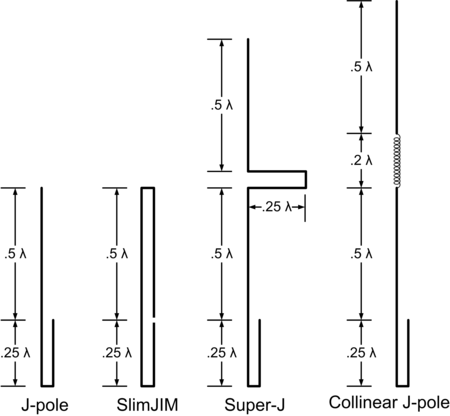
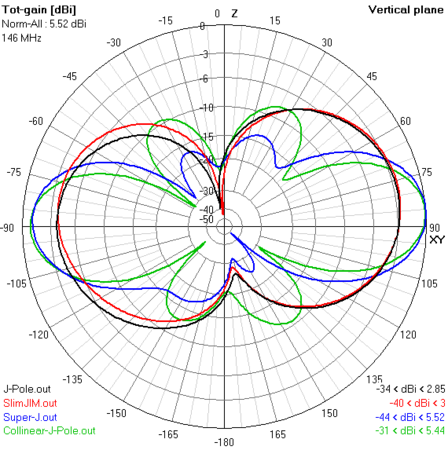
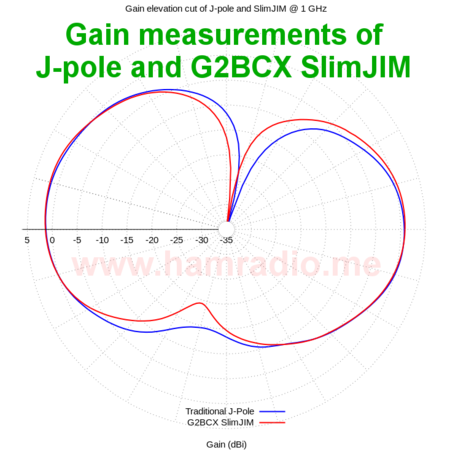
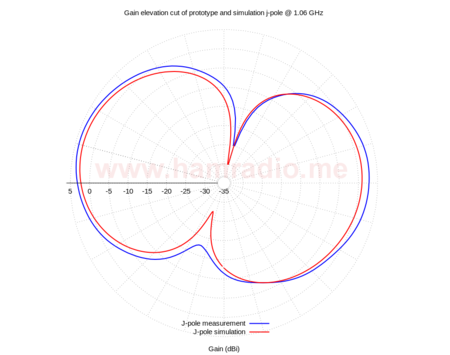
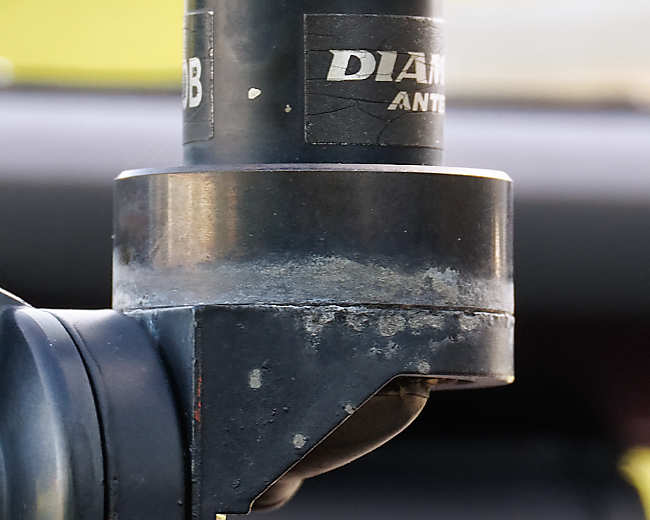
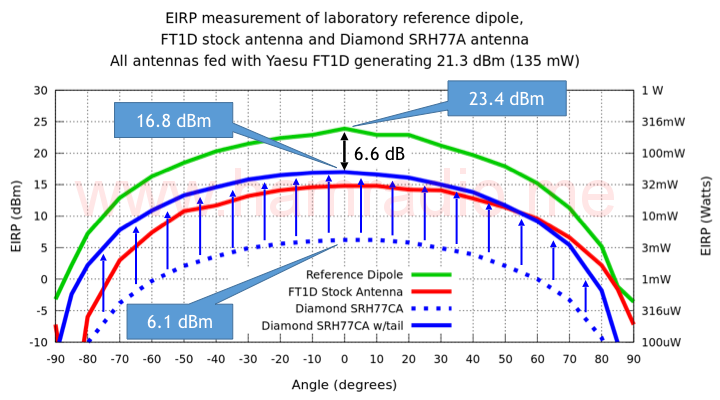
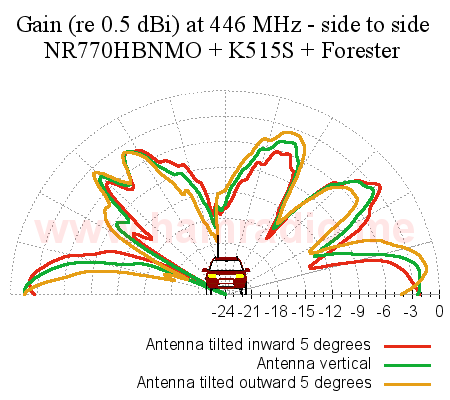
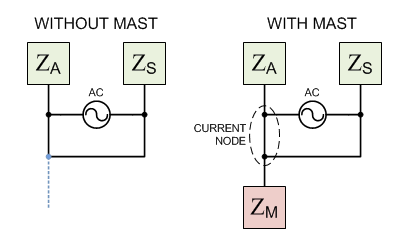
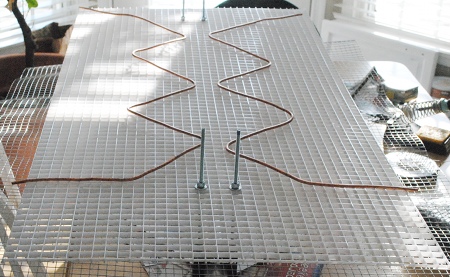
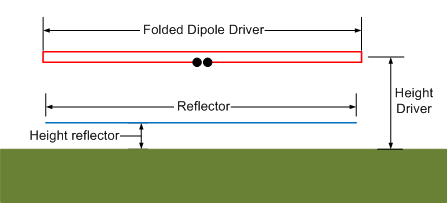
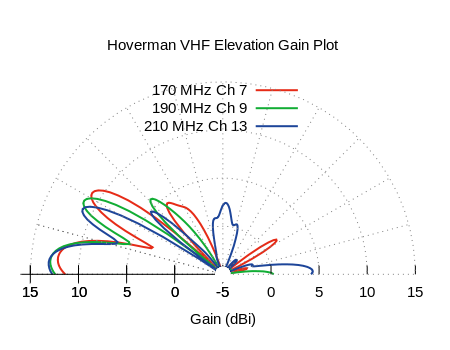
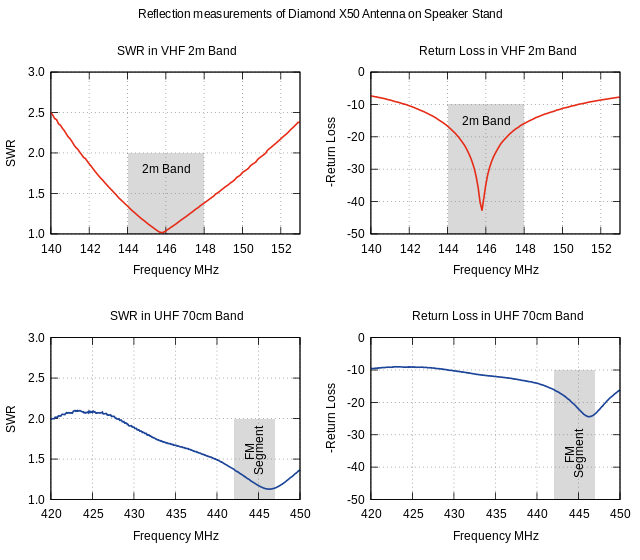
How can the Coil in the Collinear J-pole antenna be Calculated?
As I understand it, the length of the coil should be 0,2 wave length.
And I have to choose a particular dimeter for the wire (1 – 6 mm)
How can I calculate the:
1. Number of turns
2. Coil diameter
To obtain 180 degree phaseshift?
My method is available in this article… https://www.hamradio.me/antennas/improving-the-su…